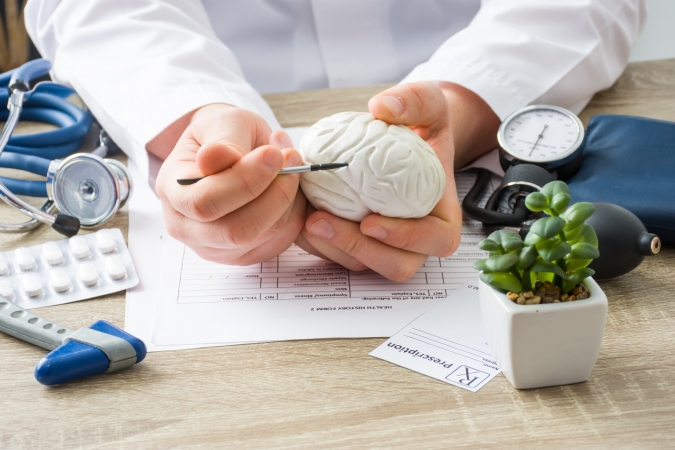Caring For Your Heart
The good news is, since the early 1960s, the number of deaths from heart disease has dropped by half. The bad news is heart disease continues to be the number one killer in the United States among women and men. Over the years, cardiovascular researchers have made some truly impressive advances. As experts in caring for your heart, cardiologists are better prepared than ever to treat all forms of heart and vascular disease with cutting-edge diagnostic tests and tools. If engaged at the right time, we can save lives. For some, that may mean emergency cardiac care.
